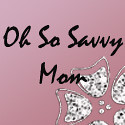
So where do you start? We've all heard that reading readiness starts in infancy so let's just fast forward to the toddler and preschool years.
Age 1-2
- Begin singing the alphabet song! If you know an alphabet song that goes through both letters and sounds all the better. If you don't know one, try googling, and see if you can find one that you like. Or you can try this site: www.starfall.com.
- Sing the alphabet song at breakfast or lunch when the child is in his or her high chair and not otherwise occupied. For even more cognitive stimulation you can throw in some flash cards (not for the child to eat, mind you, but to show as you sing ;). Choose flash cards with pictures as this will help later with beginning letter sound recognition.
- (For the 2 year olds) Get magnetic letters for the fridge. These are so inexpensive and are such a great teaching tool. Choose 3-5 letters to have on the fridge (at the child's level). Play with them for a couple minutes each day and talk about the sounds they say and words that begin with that sound.

Ages 3-4
- If you have already been singing the alphabet song with letter sounds for a while you'll be surprised at your child's ability to volunteer the beginning sounds of words they come across during the day. For example, my little guy used to love telling me things like, (while playing with his animal figures) "T-T-Tiger, Hey, Mom, did you know tiger starts with t-t-tiger?" Me, "Wow, you know that tiger starts with t-t! Do you know what letter makes the t-t sound?" Him, "T!!!"
- When your child is ready to have individual letters introduced begin with LOWERCASE. In order to begin reading children need to know the lowercase letters.
- It isn't necessary to teach the letters in order. Some of the easiest letters for children to remember and make the sounds for are: m, p, a, s, t, b
- Avoid introducing similar letters like p, b, and d together. Remember that a lot of children have difficulty with these letters. If your child does have trouble with these letters don't hesitate to help.
- Don't feel like you need to teach the entire alphabet before your child can begin reading. You can make quite a few words out of the letters: m, a, p, s, t, b, g, h (these are some of the easily recognizable letters). Lets look at some of the words you can make: has, bag, hat, pam, sat, sam, a, pat, bat. You can make little storybooks with simple words.
- Use only short vowels first until your child has mastered reading simple words with short vowels.
- Avoid beginning reading books that mix sight words with simple phonetic words. (Two exceptions to this rule are "the" and "have") Sight words are great, but they are a little too cognitively advanced for 3 and 4 year olds.
- Teach children to sound out words like there is a motor in their mouth (aren't most kids motor mouths anyway!). Put your finger under the letter and make the letter sound with the child. Keep making that sound until your finger gets to the next letter and you begin making the next sound. Sounding out words with this kind of fluidity helps children to hear the complete word.

- Keep it upbeat, praising your child's successes (effort is great success!). Keep reading sessions very short...unless your child is begging for more!
Amy is a stay-at-home mom to two darling boys, age 3 and 1. Her husband is finishing up his 4th of five years of a PhD program in Clinical Psychology and getting ready to start his year-long residency in San Antonio. She loves finding deals, living frugally, cloth diapering, finding new and great products, and hosting giveaways. Her blog is about her adventures in mommy-hood and to get the word out about products she's recently discovered. Make sure you stop by and visit her at Oh So Savvy Mom!









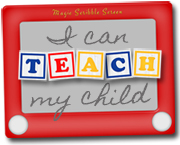





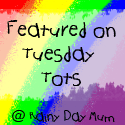
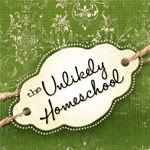

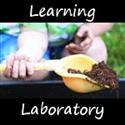

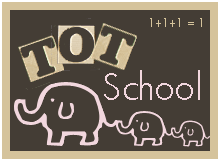
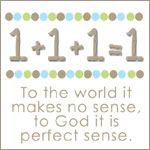






Coming over from OSSM, new follower, sending my love! :) Great post OSSM!
ReplyDeleteWonderful article! Coming over from OSSM. Teaching your children to read is, IMO, one of the hardest (because of the patience), yet also the most satisfying jobs as a parent (I want to jump up and down and tell everyone how smart my child is). I also learned that you can't take one child's progress and us that to track another child's progress.
ReplyDeleteI will definitely use the beginning word sounds game more with my two year old.
great tips! my son loves the alphabet song and he's only 5 months!
ReplyDeleteGreat tips - I'll have to remember these. Like Heather, my 5 month old loves when I sing the ABCs. she also finds it fun when I go through the sounds. She gets a kick out of Lalala lol
ReplyDeleteSuper Tips! I used a lot of these when my kids were young!
ReplyDeleteGreat article!
ReplyDelete